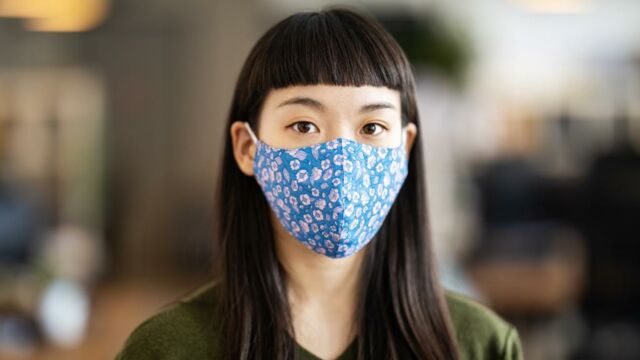At the start of 2021, there is still as much talk and discussion about mouth-and-nose protection as there was last spring. This time, however, it's not about whether wearing a mask makes sense and actually protects us, or whether it's better to wear fabric or FFP2. Nor is it about whether a mask can be reused. No, we are in fact doubling down on the debate. Which is better: one mask or two masks?
Discover our latest podcast
What do two masks do on top of each other?
Many may have noticed at the inauguration of the new US President Joe Biden and Vice President Kamala Harris that both were wearing two masks on top of each other. Complete exaggeration or sensible protective measure?
As it turns out, everyday masks can increase the protection of a surgical mask. Frank Drewnick from the Max Planck Institute for Chemistry in Mainz explains:
If you put something over it, for example a well-fitting everyday mask, it pressesthe surgical mask up against your face.
This is because, unlike FFP2 and some everyday masks, a surgical mask does not fit very tightly on the face. This means that although the wearer protects others, he himself can inhale particles and droplets through the air flowing in from the sides.
Furthermore, the order in which you wear masks matters. It's important to wear the fabric mask over the surgical mask! Worn underneath, it cannot be guaranteed that the medical mask covers the mouth and nose correctly, thus providing sufficient protection.
Criticism from experts
However, these newly emerged protective measures also draws criticism from expert circles. Among others, from Jana Schröder, a specialist in microbiology, virology and infection epidemiology. In an interview with RTL, she says:
Opinions differ on this topic. There is no reliable data on this. Of course, you have to make it as difficult as possible for the virus to reach the mouth. The double mask can help, but it has not been proven.















